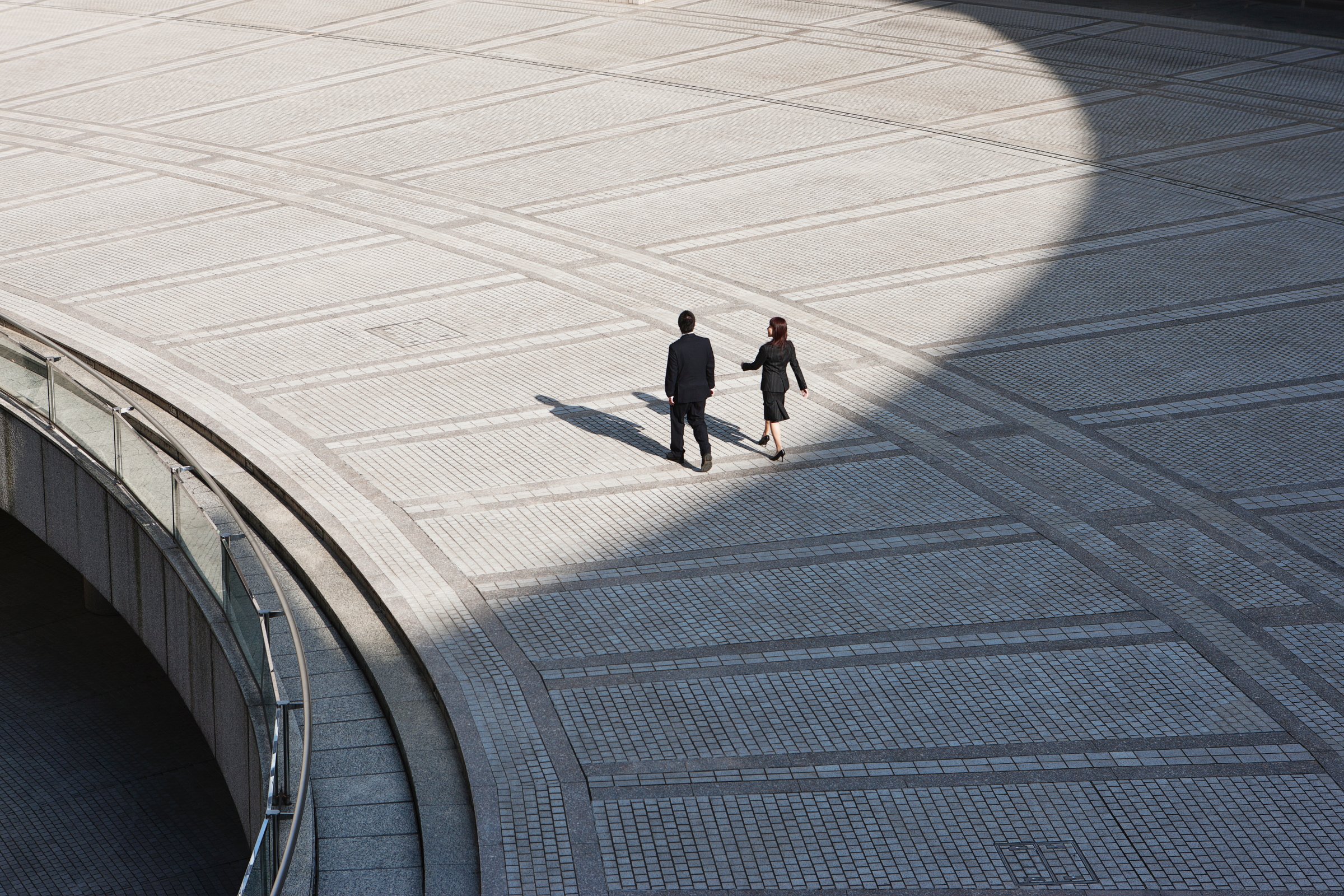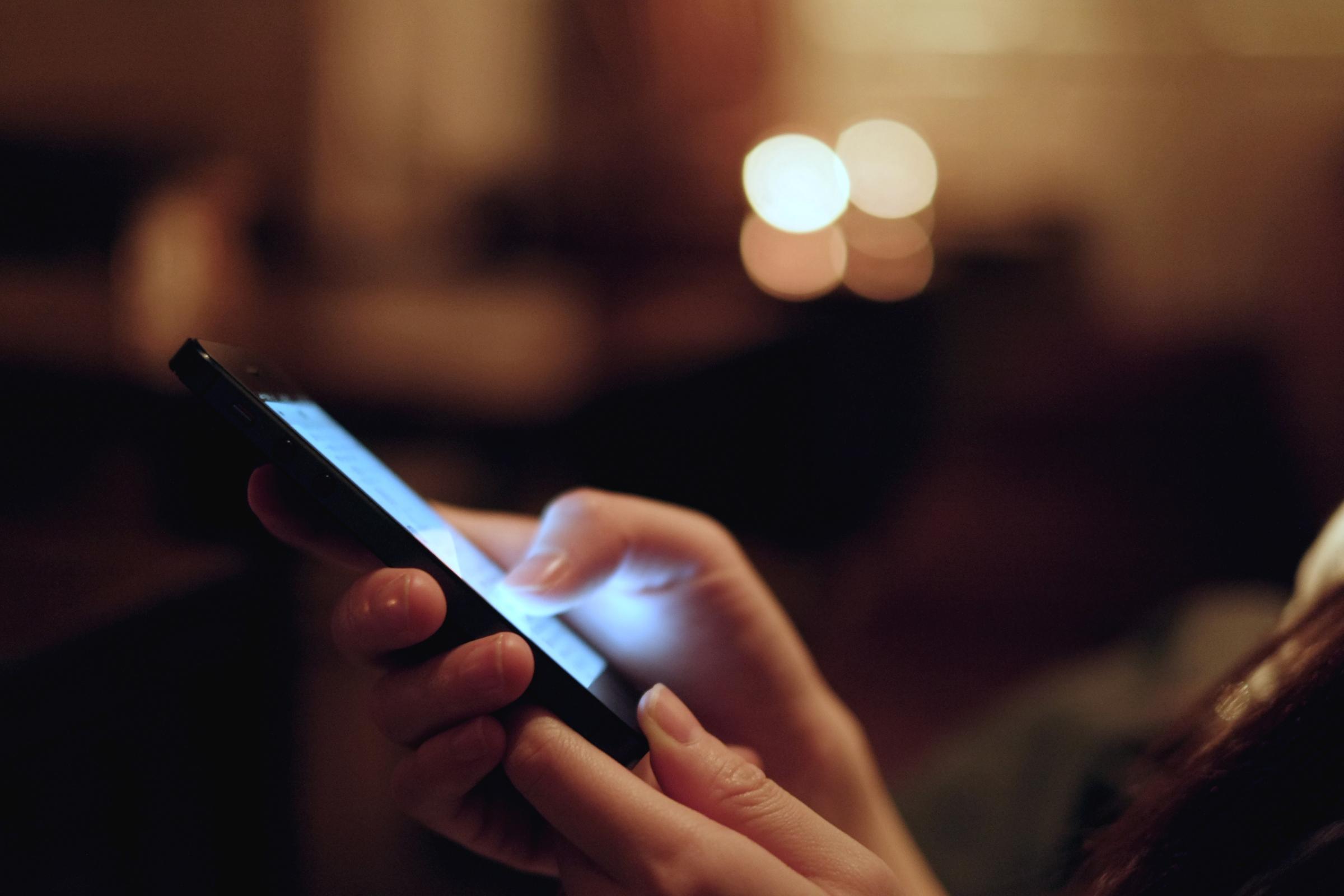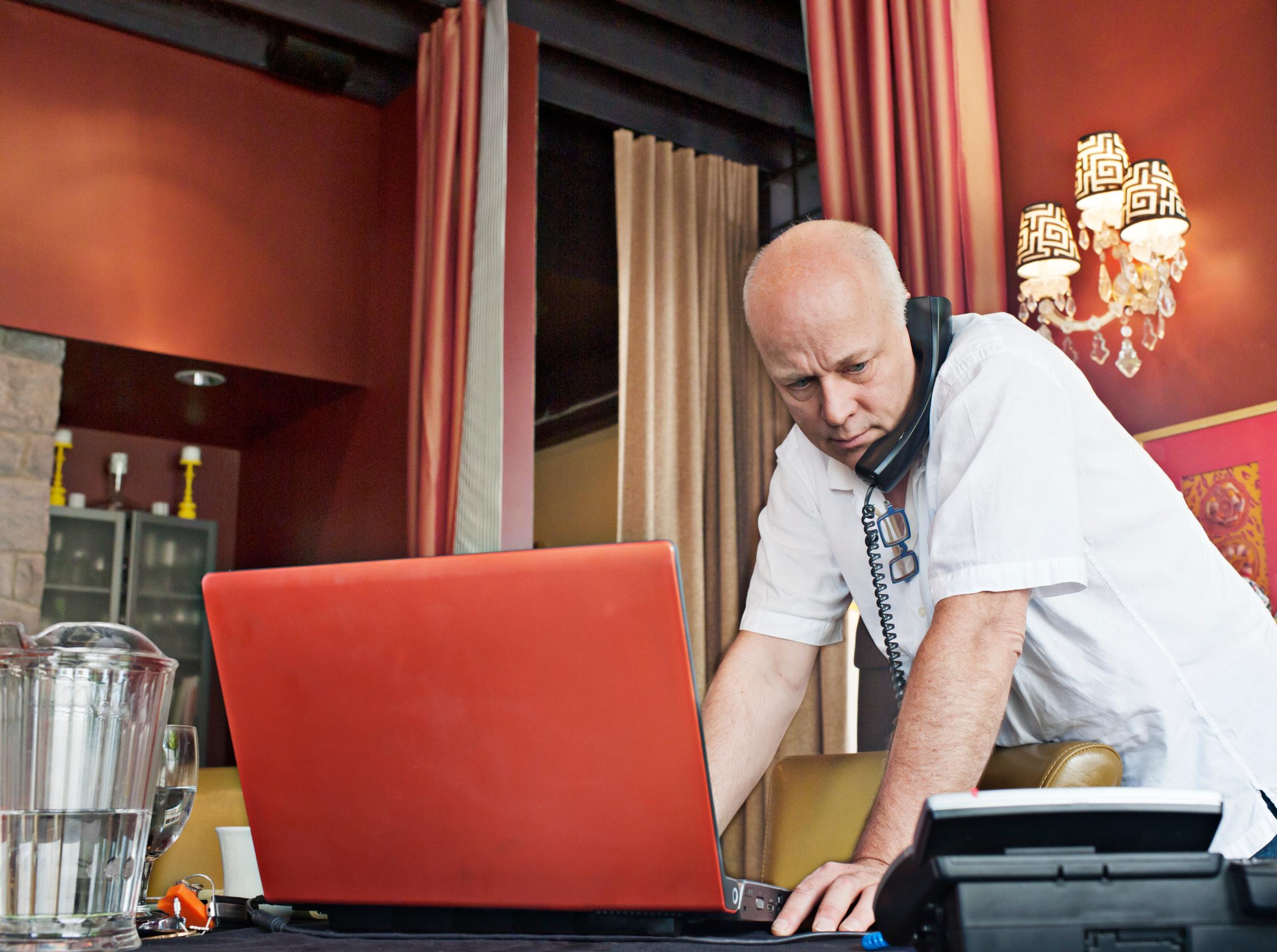

This post is in partnership with Inc., which offers useful advice, resources and insights to entrepreneurs and business owners. The article below was originally published at Inc.com.
In recent years, walking has gone from a generally healthful mode of transport to a public health crusade. Why? Lately, science has shown sitting all day to be the newest public health menace, right behind Big Macs and cigarettes on the list of things that will shorten your life and damage your body. The silver lining to this evolving line of research is that fighting back seems to be as simple as getting up and wandering around for a few minutes every hour or so (standing desks are another option).
An occasional stroll, therefore, has become akin to a morning vitamin or regular cancer screening–something you know you really ought to do. There’s no denying the truth of the necessity of adding a bare minimum of movement to our days, but there’s another side to walking that may be getting lost in the rush to remind people of its salutary effects.
Walking might save your life, but that’s far from all a good wander has to offer.
Traveling by foot isn’t just medicinal. It’s also a meditative pursuit with a long and storied pedigree that can lift your mood, improve your creativity, and give you the space you need for life-changing self-reflection.
Less Anxious, More Creative
The first couple of items on this list are the simplest to prove. Again we can turn to recent studies that reveal being outside in natural settings is powerful anti-anxiety medicine. Blog Wise Bread summed up the new findings this way: “The sounds of birds chirping, rain falling, and bees buzzing are proven to lower stress and evoke a feeling of calm.”
Similarly, science attests that getting out for a walk can spur creative thinking. Stanford News, for example, reports on studies out of the university showing that “the overwhelming majority of the participants in these three experiments were more creative while walking than sitting … creative output increased by an average of 60 percent when the person was walking.”
5 Horrible Habits You Need to Stop Right Now





Walking to Find Yourself
It’s clear, then, that walking has short-term utilitarian uses–if you need an idea to finish that work project, a spin around your local park might help shake one loose. But there’s also lots of anecdotal evidence that longer walks can yield a deeper sort of creativity. The mental space created by long rambles offers the stressed and scattered the time and brain real estate needed not only to solve specific problems, but also to gain perspective on their own lives and rebalance out-of-whack lifestyles.
When blogger David Roberts decided to fight his profound burnout with a year-long digital detox, for example, he soon settled into a daily rhythm of long hikes. “Reliably, after about a half-hour of walking, ideas start bubbling up,” he reports in a fascinating writeup of the experience for Outdoor magazine. The wandering had other effects, too. “I spent hours at a time absorbed in a single activity. My mind felt quieter, less jumpy,” he says.
Roberts is far from the only thinker to notice these deeper effects of longer walks. On Medium recently, writer Craig Mod composed an ode to long walks, unearthing a treasure trove of historical figures and great thinkers who celebrated and dissected the benefits of walking. The common thread running through these accounts isn’t just that experiencing a place on foot offers a unique perspective and plenty of unexpected details to delight the walker, but also that “walking moves or settles the mind–allowing for self discovery.”
If you’ve lost touch with the art of the long ramble, it’s a must-read piece. And it begs the question:
Will you take time for a long walk this week?
More Must-Reads from TIME
- Why Biden Dropped Out
- Ukraine’s Plan to Survive Trump
- The Rise of a New Kind of Parenting Guru
- The Chaos and Commotion of the RNC in Photos
- Why We All Have a Stake in Twisters’ Success
- 8 Eating Habits That Actually Improve Your Sleep
- Welcome to the Noah Lyles Olympics
- Get Our Paris Olympics Newsletter in Your Inbox
Contact us at letters@time.com